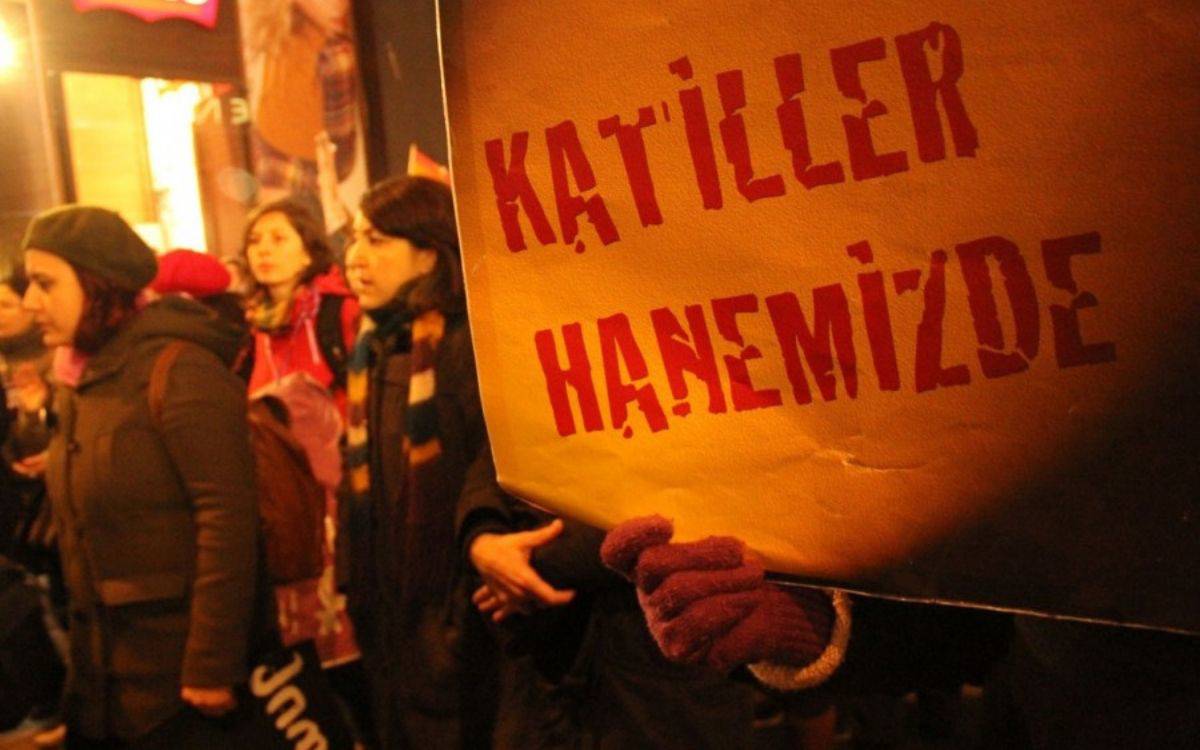INEQUALITY IN CARING
Working women in Turkey spend nine hours a day working and doing housework
.jpg)
Click to read the article in Turkish
The Turkey Representation of the Heinrich Böll Stiftung Association has examined the changes in domestic life during the pandemic.
The association carried out a joint study with KONDA Research company. The study revealed data about practices of household chores, home care, working during different periods of the pandemic among the population aged 18 and over.
The increased workload of women – regardless of whether they are married or single – during the pandemic period, was remarkable.
Findings of the study*54 percent of the public is currently not working. Less than half of the population is included in the workforce. *Nearly 85 percent of the employed go to the office/factory/workplace. *During the pandemic, the number of people who switched to working at home or alternately working at home and at the workplace increased. *The people work an average of 48 hours a week. One in five people say they work more than 60 hours. *One in five people works without insurance. As the level of education decreases, the proportion of uninsured workers increases. *One in every five people was dismissed from work or left their job. *The burden of housework and care work is on the shoulders of women. 67 percent of all women and 75 percent of married women do housework alone. Women are generally responsible for caring for people in need of care. *83 percent of the public says, "Quality kindergartens should be provided for all families with children." *94 percent of the public says, "It is necessary for public institutions and municipalities to provide home care services for the care of the elderly, the disabled and the ill." *1 out of 10 students could not attend online education during the pandemic due to the unpreparedness of institutions and individuals. People sleep less*People began to sleep less. While people used to sleep for about eight and a half hours a day during the pandemic period, it has dropped to about seven and a half hours. Time spent on the internet and television has decreased by about four and a half hours since the pandemic. *During the day, the time allocated for essential work is slightly more than the time devoted to television and the internet. While 6 hours are allocated to housework, education and work, a total of 4 and a half hours are allocated to the internet and television. The time that men allocate to their work in a day is approximately 5 and a half hours in total, while it is 5 hours for women. While men allocate half an hour to housework a day, women spend about 3 and a half hours doing housework. Working women spend 9 hours working and doing housework*Working women spend 9 hours a day working and doing housework. Housewives, on the other hand, spend 4 and a half hours doing housework. *67 percent of all women and 75 percent of married women do housework alone. Women are generally responsible for caring for people in need of care. 93 percent of those who care for babies in the household alone, and 73 percent of those who take care of disabled, sick and elderly individuals alone are women. *During the pandemic, men were more involved in repair and gardening and went to work more. Housework was what women did more. During the pandemic, 75 percent of women did more cleaning, 74 percent cooked more. These rates among men are 22 percent and 19 percent, respectively. In addition, women were more involved in laundry, dishes and baby care than men, and the difference was very high. *Among all groups, housewives have the highest burden of housework and caring of the elderly, disabled, ill and babies. |
Research method
As part of the fieldwork of the study, face-to-face interviews were conducted with 2,523 people in 145 neighborhoods and villages of 99 districts of 32 provinces between October 22-24, 2021.
(EMK/VK)
Preliminary probe into police violence during İmamoğlu protests

Astrologist released after two months in detention over social media post on Bahçeli’s health

Over 100 youths released after mass arrests during İmamoğlu protests

MALE VIOLENCE MONITORING REPORT MARCH 2025
Men killed 24 women in March

Woman alleges sexual harassment by police during İstanbul protest detention





